Last updated on September 10th, 2024 at 01:23 am
In this post we are going to talk about the differences between Technical Program Managers vs Product Managers vs Product Managers – Technical vs Engineering Managers. Before we start going into the details of what each role does, it is probably good to call out that in an Agile development environment the PM/PM-T & TPM & EMs all working in unison to achieve a common goal.
Technical Program Manager (TPM)
Primary Goal – Get stuff done. In general TPM’s are responsible for delivering something within an acceptable time frame and with a certain quality bar.
A Technical Program Manager (TPM) Responsibilities –
- Generally embedded within a development team
- Enabling and driving the development team to launch various features.
- TPMs lead the sprints, gathers requirements from the product managers.
- Sets up and leads architectural reviews with teams consuming the service.
- Manages and guide the team to achieve the KPIs the team is responsible for.
- Helps out in on-call and escalations.
- Resolve blockers.
- Responsible for all communication and is the sole face of the team
- Manage cross-team dependencies and deliver with quality at the promised date.
There are a couple of types of TPMs, you can read more here –
Seniority generally depends on the scope, impact, and responsibilities of the TPM. I am not going to go into a lot of details on what a TPM does because you can find all the information in the above posts.
Product Managers (PM)
Primary Goal – Defining the Vision & Strategy of the Product.
To define the vision and strategy of a given product the Product Manager needs to understand both the product as well as what he believes his users would like to see. If it is a B2C type of Product the Product managers generally have goals to increase their DAU(Daily Active User Rate), MAUs (Monthly Active User Rate). They work closely with their TPMs often as an opposing force to get the value to their customer sooner. PMs Run A/B tests, they conduct surveys, focus groups when decisions are needed to be made.
Product Manager Authority
Depending on the organization PMs have varying levels of authority to make decisions on where they would like to take the feature or product they are responsible for. At times organizations like the sales and marketing teams might have a say. The level of authority to make decisions vary by organization.
At organizations like Microsoft, Product managers double as program managers and are also responsible for execution. At a place like MS, you would own both the vision and the execution. While the architecture and delivery are owned by the engineering manager.
Strategic Thinking and Competitive Analysis
Product Managers think strategically. They understand their customers and how their customers interact with the product, they also have a deep understanding of the competitor landscape. Competition does not always need to look like a product doing the same thing. For example, if you are a product manager who owns the sign in flow for your app, you might be looking at every other app out there that have a more efficient and effective sign in flow.
If there is a competitive product in the landscape then the product managers closely monitor the competitive space to make sure that the product they own has comparative features.
Communication & Detailed Oriented
One of the key skills of a Product Manager is the ability to communicate effectively they need to captivate their organization’s internal folks to believe and buy into his/ her vision. This is key, is to captivate the developers and the senior management that there is either a strategic value or there is more ROI in the effort that needs to be pursued. This is generally backed up my numbers of what or how it would impact the product and it is ideally measured by releasing the product to a smaller set of the audience and then constantly measuring to see if the change had a positive significant impact and originally hypothesized.
Another key aspect to be a successful Product Manager is to be detail oriented. The successful ones I have worked with seem to pay enormous attention to detail. They are always inquisitive, they want to know everything inside out and make sure they are not missing out any information. They care about the end result.
Prioritization
Probably the most important competency is the ability to prioritize. Every day there are critical decisions that need to be made. Things that can be done vs things that cannot, these are by far the hardest decisions. A PM has this innate ability to make these calls and live by them. PMs often look into the ROI of what they expect their dev teams to be working on. Some features could have a direct ROI while others might be more strategic.
Product Manager – Technical (PM-T)
Everything detailed above still applies but in addition to that the Product managers are technical. As of 2018, this is a fairly new discipline and role, initially rolled out at AMZ’s Infrastructure teams and is slowly catching on both inside and outside AMZ. An easy example would be to take something like AMZ’s Infrastructure offering or Microsoft’s Azure offerings, you need to be technical as the product you own and manage is technical in nature is its end users are developers. The title may be new but it’s been around for a while.
At its essence, these PMTs as they are called are using their technical know how to solve problems customers face using technology.
Interesting read: The Product Manager Interview: 164 Actual Questions and Answers
Engineering Manager (EM)
Goal: a) Architecture and upkeep the service, b) Hire and build the best possible team. (UpKeep translates to having a highly scalable and reliable service that has not downtime)
It’s a three-dimensional thinking of keeping technology, people and the organization in mind. The development team reports to the engineering manager. The EM in conjunction with the technical architects on the team come up with coding standards, technologies that need to be used, architectural patterns, heuristics of the services and finally the vision for the microservice(s) as it evolves.
An Engineering Manager also focus a lot of their time on hiring for their team especially in recent days when devs move around quite a bit. Basically hiring, firing and performance and expectation management. A great deal of effort is also spent in coaching and honing the talent you already have.
Having said that, nothing is more important to an engineering manager other than building the service with the right architecture while insisting on the highest standards. If his service is below the par in relevance to the other services either up or downstream then it’s going be like a Jenga crumbling down to its knees.
Thank you for reading this far. I would like to let you know it takes me a week or more to write an article like this. One of the things that go along with writing an article is to get a featured image.
The reason I chose a superhero image for this particular post is that PMs, EMs, TPM do most of their work in the background and at times developers who make up the largest part of the team do not see the value they provide. Think about a scrum team as individuals each as cogs of a clock. If one does not do the function he/she is supposed to do then the output is going to be far less than perfect.
PMs, EMs, TPMs are the unsung heroes of every high performing team!
Interested to know more about Technical Program Management, how to become a TPM, or what does a TPM exactly do? Visit the TPM mentoring blog for all the answers you need.
Check out my Udemy course -> TPM – Industry Insights
Ready for your next career adventure?
Get personalized advice from Mario to confidently choose the roles, companies, and skills that shape your future!

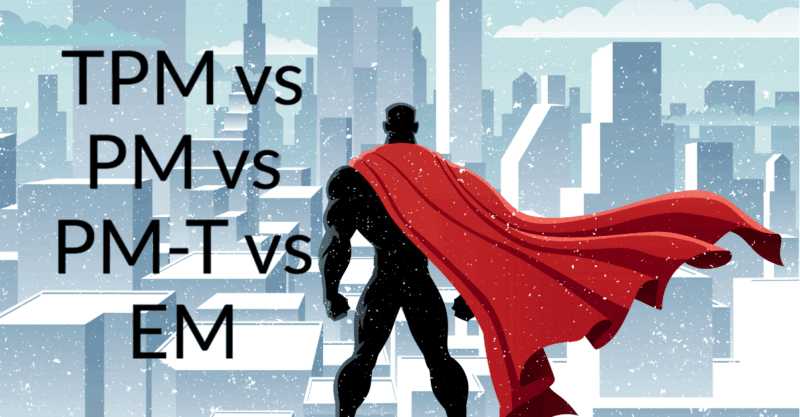
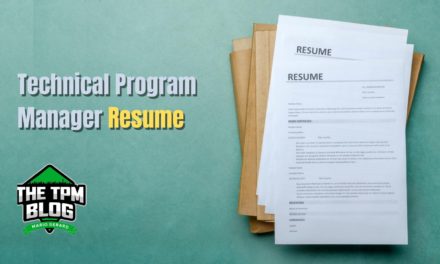


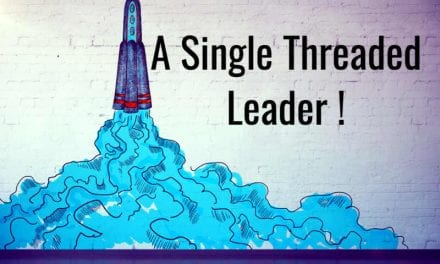





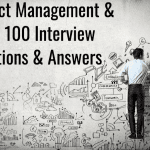

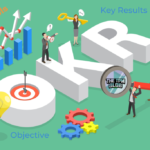
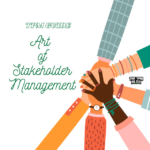



Superb article. very nice explanation. keep up the good work.
ANONd – Yes you can move between Product management and the TPM role. As of October 2019 I am seeing amazon hire more product managers who are technical. The PM-T does not need to be as technical as a TPM.
Neel – I would definitely go the TPM route rather than a QA manager. The reason for this is that the QA disciple is going away in all tech companies as developers are testing the code they deploy and own it completely. For more information reach out to me on linkedin.
Rich Hsu – your question would need a new blog post. stay tuned.
Hello, would a senior TPM role at Amazon be a good stepping stone to becoming a product manager (technical or non-tech)? I imagine that it is possible and has happened but how likely or frequent is such a transition?
I stumbled across your site when looking up TPM responsibilities. Its a great read.
I am a SDET lead and have an opportunity to become SDET manager ( QA manager). I also got another opportunity for TPM within the same company.
Could you give me some insight into which role would be better in terms of pay, growth and career opportunities in software market ?
Thanks for the write-up! Just recently I found myself doing both TPM and prioritization job as an engineer. In particular, I’m the person coming up with the requirements and actually breaking it down to sell to management as achievable milestones. What are some great books for learning how to prioritize tasks and sell to other people?
Great Article Mario. Thank you for your efforts in putting up this article.
Goals would be similar but he/she would continue to show a good deal of technical competency.
Good read, however I had one query, What’s the goal for PM-T, you had goals for the other 3 roles, but none for PM-T OR are you saying that goals of PM-T are aligned with PMs?
Sainath – For a medium level experienced person it would be fairly easy provided he / she has the skills. For example if a TPM is more technically inclined and has the ability to do code reviews, do deep dive architectural discussions then yes.
In most cases I see people not understanding the role and its needs and making the switch.
Great write up. I am sure a lot of folks will benefit from this. I wonder how easy it is to switch from one role to another?